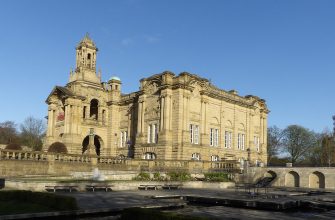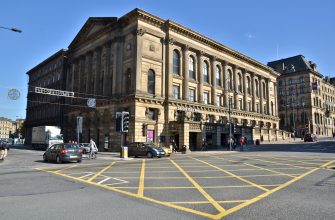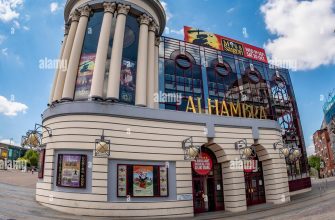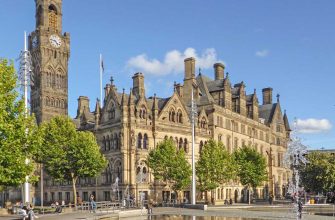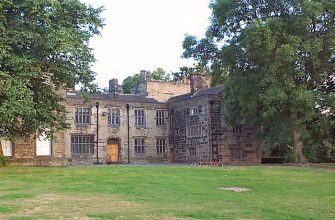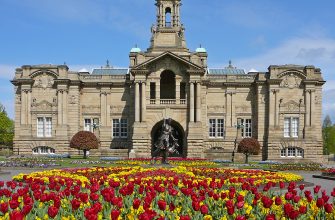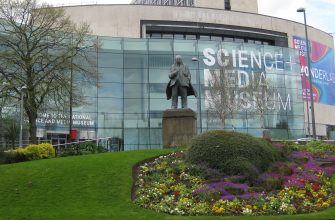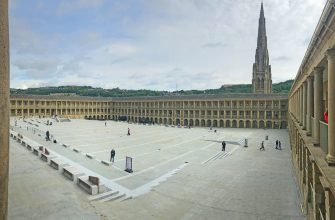Nestled in the heart of Buckinghamshire, England, lies a place of profound historical significance – Bletchley Park. This unassuming estate was the epicentre of British codebreaking during World War II, where the infamous Enigma machine was deciphered. Today, it stands as a testament to the ingenuity and resilience of those who worked tirelessly behind the scenes, playing a pivotal role in the outcome of the war. The story of Bletchley Park is intertwined with the life of Alan Turing, a brilliant mathematician and cryptographer, whose work at the park has had a lasting impact on the field of computer science.
History of Bletchley Park
Bletchley Park was purchased by the British government in 1938, just before the outbreak of World War II. It was chosen for its central location and good transport links, making it an ideal hub for the country’s codebreaking efforts. The park was home to the Government Code and Cypher School (GC&CS), which later became the Government Communications Headquarters (GCHQ).
At the height of the war, over 10,000 people worked at Bletchley Park, deciphering encrypted messages sent by the Axis powers. The most famous of these was the Enigma machine, a device used by the Germans to encode their military communications. Alan Turing and his team developed the Bombe, a machine that could crack the Enigma code, providing crucial intelligence to the Allies.
Visiting Bletchley Park
Today, Bletchley Park is a vibrant museum, offering visitors a glimpse into the world of wartime intelligence. The park has been meticulously restored, with many of the original huts and buildings open to the public.
- The Mansion: The heart of Bletchley Park, this beautiful Victorian building was the first to be used by the codebreakers. It now houses a number of exhibitions, including a tribute to the women of Bletchley Park.
- Hut 8: This was Alan Turing’s workplace, where he and his team cracked the Enigma code. The hut has been restored to its wartime condition, complete with Turing’s desk and the original Bombe machine.
- The National Museum of Computing: Located on the Bletchley Park estate, this museum is home to a vast collection of vintage computers, including a working replica of the Colossus, the world’s first electronic computer.
Practical Information
Bletchley Park is open to the public seven days a week, with tickets available for purchase online or at the gate. The admission price includes access to all exhibitions and buildings, as well as a multimedia guide. Guided tours are also available, offering a deeper insight into the history and workings of Bletchley Park.
The park is easily accessible by train, with Bletchley railway station just a short walk away. There is also ample parking for those who prefer to drive. A variety of food and drink options are available on-site, from the café in the Visitor Centre to the Mansion Tea Room.
Tips for Tourists
Visiting Bletchley Park is a fascinating journey into the past, but there are a few things to keep in mind to make the most of your visit:
- Plan your visit: There is a lot to see at Bletchley Park, so it’s worth planning your visit in advance. The park’s website provides a wealth of information, including a map and suggested itineraries.
- Take a tour: The guided tours are highly recommended. They offer a wealth of information and insights that you might miss if you explore on your own.
- Don’t rush: Take your time to explore the park and soak up the atmosphere. The stories of Bletchley Park are best appreciated at a leisurely pace.

